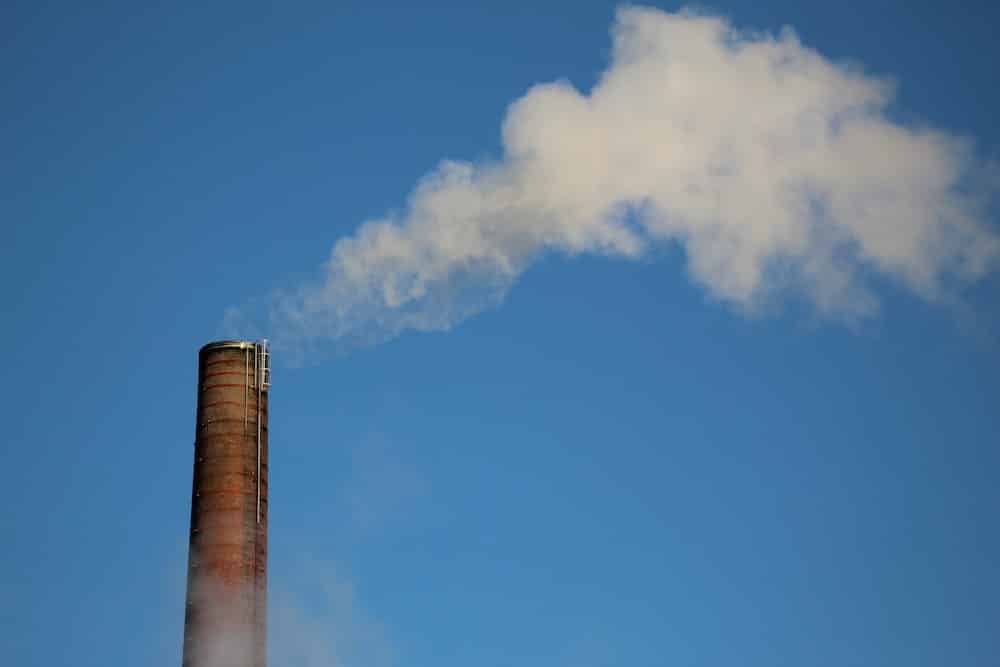
This figure shows emissions of carbon dioxide, methane, nitrous oxide, and several fluorinated gases in the United States from 1990 to 2020. For consistency, emissions are expressed in a million metric tons of carbon dioxide equivalents.
* HFCs are hydrofluorocarbons, PFCs are perfluorocarbons, SF6 is sulfur hexafluoride, and NF3 is nitrogen trifluoride.
Data source: U.S. EPA, 20224
Web update: July 2022
This indicator focuses on emissions of carbon dioxide, methane, nitrous oxide, and several fluorinated gases—all important greenhouse gases that are influenced by human activities. These particular gases are covered under the United Nations Framework Convention on Climate Change, an international agreement that requires participating countries to develop and periodically submit an inventory of greenhouse gas emissions. Data and analysis for this indicator come from EPA’s annual inventory submission, the Inventory of U.S. Greenhouse Gas Emissions and Sinks: 1990–2020.1 This indicator is restricted to emissions associated with human activities. It starts in 1990, which is a common baseline year for global agreements to track and reduce greenhouse gas emissions.
要点
- In 2020, U.S. greenhouse gas emissions totaled 5,981 million metric tons (13.2 trillion pounds) of carbon dioxide equivalents. This total represents a 7 percent decrease since 1990 and a 20 percent decrease since 2005 (see Figure 1).
- For the United States, during the period from 1990 to 2020 (see Figure 1):
- Emissions of carbon dioxide, the primary greenhouse gas emitted by human activities, decreased by 8 percent.
- Methane emissions decreased by 17 percent, as reduced emissions from landfills, coal mines, and natural gas systems more than offset increases in emissions from activities such as livestock production.2
- Nitrous oxide emissions, predominantly from agricultural soil management practices such as the use of nitrogen as a fertilizer, decreased by 5 percent.
- Emissions of fluorinated gases (hydrofluorocarbons, perfluorocarbons, sulfur hexafluoride, and nitrogen trifluoride), released as a result of commercial, industrial, and household uses, increased by 90 percent.
- U.S. greenhouse gas emissions decreased from 2019 to 2020 by 9 percent. This sharp decline is largely due to the impacts of the coronavirus (COVID-19) pandemic on travel and economic activity. However, the decline also reflects the combined impacts of long-term trends in many factors, including population, economic growth, energy markets, technological changes energy efficiency, and the carbon intensity of energy fuel choices.
- Among the various sectors of the U.S. economy, electricity generation (power plants) accounts for the largest share of historical emissions—31 percent of total greenhouse gas emissions since 1990. Transportation has historically been the second-largest sector, accounting for 26 percent of emissions since 1990 (see Figure 2). Transportation has been the largest sector since 2017.
- Emissions sinks, the opposite of emissions sources, absorb carbon dioxide from the atmosphere. In 2020, 13 percent of U.S. greenhouse gas emissions were offset by net sinks resulting from land use and forestry practices (see Figure 2). One major sink is the net growth of forests, which remove carbon from the atmosphere. Other carbon sinks are associated with how people use the land, including the practice of depositing yard trimmings and food scraps in landfills. While the land use, land-use change, and forestry category represent an overall net sink of carbon dioxide in the United States, this category also includes emission sources resulting from activities such as wildfires, converting land to cropland, and biomass burning.
- Emissions increased at about the same rate as the population from 1990 to 2007, which caused emissions per capita to remain fairly level (see Figure 3). Total emissions and emissions per capita declined from 2007 to 2009, due in part to a drop in U.S. economic production during this time. Emissions decreased again from 2010 to 2012 and continued downward, largely due to the growing use of natural gas and renewables to generate electricity in place of more carbon-intensive fuels.3
- From 1990 to 2020, greenhouse gas emissions per dollar of goods and services produced by the U.S. economy (the gross domestic product or GDP) declined by 53 percent (see Figure 3). This change may reflect a combination of increased energy efficiency and structural changes in the economy.
https://www.epa.gov/climate-indicators/climate-change-indicators-us-greenhouse-gas-emissions





